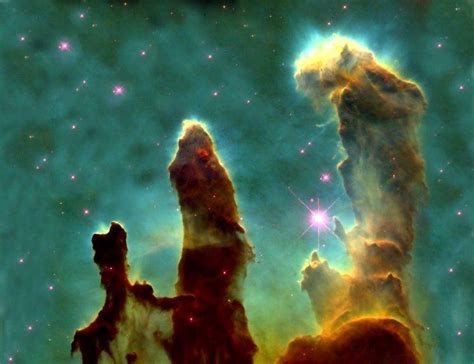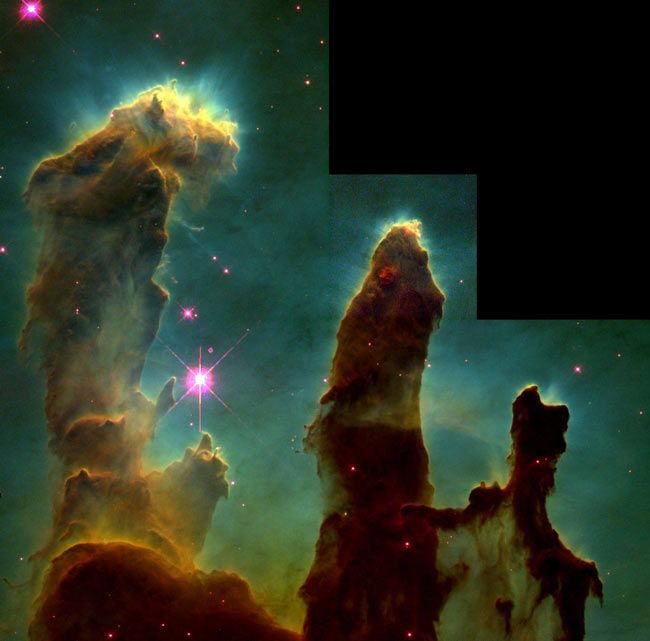Astronomy, one of the oldest sciences, has captivated human curiosity for millennia. From the earliest civilizations gazing up at the stars to modern-day space exploration, the journey of astronomical discovery is a fascinating tale of observation, innovation, and revelation. This article delves into the key milestones and discoveries that have shaped our understanding of the universe, beginning with ancient astronomical observations and calendars. We’ll explore the contributions of Greek and Roman astronomers, the profound impact of the Islamic Golden Age, and the revolutionary ideas of the Renaissance. Finally, we’ll examine the significant discoveries and technological advancements that define modern astronomy, offering a comprehensive overview of this awe-inspiring field’s rich history.
uzocn.com offers a detailed exploration of this topic.
1. Ancient Astronomical Observations and Calendars
The history of astronomy is deeply rooted in ancient civilizations that relied heavily on celestial observations for navigation and understanding their world. Societies like the Mesopotamians, Egyptians, and Mayans diligently tracked the movements of stars and planets, using these patterns to create calendars vital for agriculture, religious practices, and everyday life. The Sumerians in Mesopotamia, around 3000 BCE, documented the phases of the moon, creating one of the earliest lunar calendars. In Egypt, the annual rising of Sirius coincided with the flooding of the Nile, marking the beginning of the agricultural season. The Mayans, renowned for their advanced astronomical knowledge, developed a complex calendar system that accurately predicted solar and lunar eclipses. These early observations paved the way for more structured astronomical studies, as ancient cultures sought to comprehend the cosmos and its impact on earthly events. Their contributions stand as a testament to humanity’s enduring fascination with the stars and its relentless pursuit of measuring time and space.

2. The Contributions of Greek and Roman Astronomers
Greek and Roman astronomers made pivotal contributions that significantly advanced the field of astronomy. Greek scholars, starting with figures like Thales and Anaximander, laid the groundwork for astronomical thought by proposing that celestial bodies were not divine entities but natural phenomena. Ptolemy, one of the most influential Greek astronomers, developed the Ptolemaic system, a geocentric model that dominated Western astronomy for over a millennium. His work, the “Almagest,” systematically cataloged stars and planetary movements, providing a comprehensive framework for predicting celestial events.
The Romans, though less innovative in original theory, played a crucial role in preserving and disseminating Greek astronomical knowledge. Roman scholars like Vitruvius and Pliny the Elder documented and expanded upon Greek discoveries, integrating them into Roman engineering and timekeeping. They improved observational tools and constructed elaborate sundials and water clocks. The Roman emphasis on practical applications of astronomy facilitated its integration into daily life and administration.
Together, Greek and Roman astronomers advanced our understanding of the cosmos, setting the stage for future developments during the Renaissance and beyond. Their work exemplifies the enduring human quest to comprehend the universe and its mechanics.

3. The Islamic Golden Age and Its Impact on Astronomy
From the 8th to the 14th centuries, the Islamic Golden Age witnessed a remarkable surge in astronomical progress. This era saw significant advancements and the meticulous preservation of ancient knowledge. Building upon the foundations laid by the Greeks and Romans, scholars in the Islamic world made profound contributions that continue to shape modern astronomy. Renowned figures like Al-Khwarizmi, Al-Battani, and Ibn al-Haytham stood out for their exceptional observational accuracy and groundbreaking theoretical developments.
For example, Al-Battani significantly enhanced the accuracy of astronomical tables and devised a novel model of planetary motion, refining Ptolemy’s theories. His research on calculating the length of the solar year and lunar phases had a lasting impact on subsequent European astronomers. Ibn al-Haytham, renowned for his groundbreaking contributions to optics, also made notable advancements in astronomy by developing methods for determining the distances to celestial objects and refining observational techniques.
Islamic scholars made significant contributions to the field of astronomy. They played a vital role in preserving and translating ancient Greek astronomical texts, which were subsequently reintroduced to Europe, serving as a catalyst for the Renaissance. These scholars constructed elaborate observatories, such as the one in Baghdad, and developed comprehensive star catalogs. This groundbreaking work laid the foundation for future advancements in astronomy.
Islamic astronomers played a pivotal role in advancing the field of astronomy. Their work served as a bridge between ancient knowledge and modern discoveries, emphasizing the era’s significant impact on the development of scientific thought.

4. The Renaissance and the Revolution in Astronomical Thought
The Renaissance, spanning the 14th to 17th centuries, marked a profound transformation in astronomical thought. This period, characterized by a resurgence of scientific inquiry and intellectual exploration, saw the challenge and eventual overthrow of long-standing geocentric models. Key figures such as Nicolaus Copernicus, Galileo Galilei, and Johannes Kepler revolutionized our understanding of the cosmos.
Copernicus proposed the heliocentric model, placing the Sun at the center of the universe and fundamentally altering the perception of celestial mechanics. Galileo’s telescopic observations provided critical evidence supporting the Copernican model, revealing details such as the phases of Venus and the moons of Jupiter. Kepler’s laws of planetary motion further refined the heliocentric theory by describing the elliptical orbits of planets, advancing the accuracy of astronomical predictions.
These advancements marked the shift from a static, Earth-centered view of the universe to a dynamic, heliocentric perspective, laying the groundwork for modern astronomy and the scientific revolution that followed.
5. Modern Astronomy: Key Discoveries and Technological Advancements
Modern astronomy has been marked by groundbreaking discoveries and technological advancements that have expanded our understanding of the universe. The advent of telescopes revolutionized observational capabilities, from Galileo’s early refracting telescopes to the Hubble Space Telescope’s deep-space imaging. The development of radio, infrared, and X-ray astronomy has allowed scientists to observe celestial phenomena beyond visible light, uncovering the complexities of objects like black holes, neutron stars, and distant galaxies.
The formulation of key theories, such as the Big Bang theory and general relativity, has reshaped our comprehension of cosmic origins and the nature of space-time. Advancements in space exploration, including missions to Mars and the study of exoplanets, have provided insights into planetary systems and the potential for extraterrestrial life. These discoveries, driven by sophisticated technology and innovative research, continue to push the boundaries of our knowledge, revealing the vast and dynamic nature of the universe.
Modern astronomy has been marked by groundbreaking discoveries and technological advancements that have expanded our understanding of the universe. The advent of telescopes revolutionized observational capabilities, from Galileo’s early refracting telescopes to the Hubble Space Telescope’s deep-space imaging. The development of radio, infrared, and X-ray astronomy has allowed scientists to observe celestial phenomena beyond visible light, uncovering the complexities of objects like black holes, neutron stars, and distant galaxies.
The formulation of key theories, such as the Big Bang theory and general relativity, has reshaped our comprehension of cosmic origins and the nature of space-time. Advancements in space exploration, including missions to Mars and the study of exoplanets, have provided insights into planetary systems and the potential for extraterrestrial life. These discoveries, driven by sophisticated technology and innovative research, continue to push the boundaries of our knowledge, revealing the vast and dynamic nature of the universe.
uzocn.com


